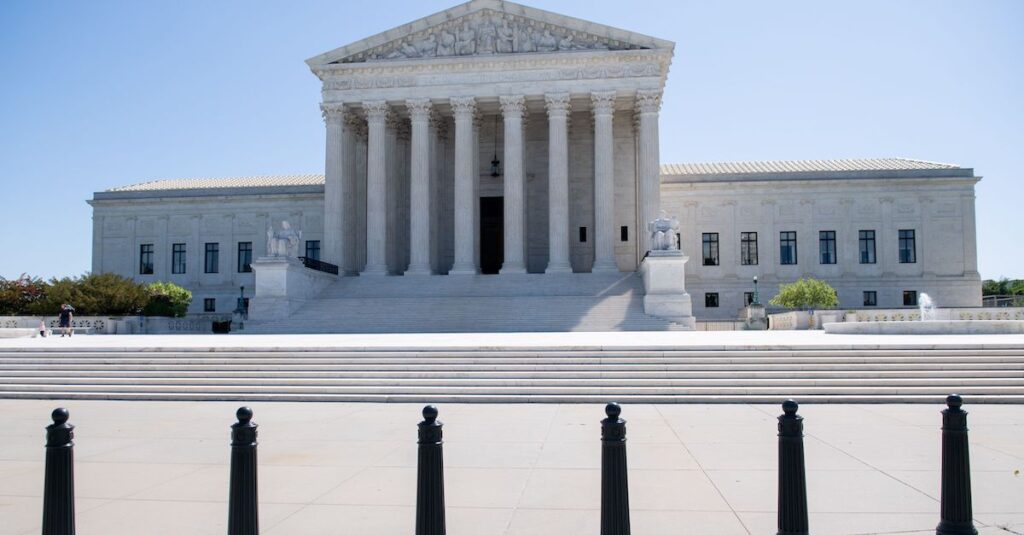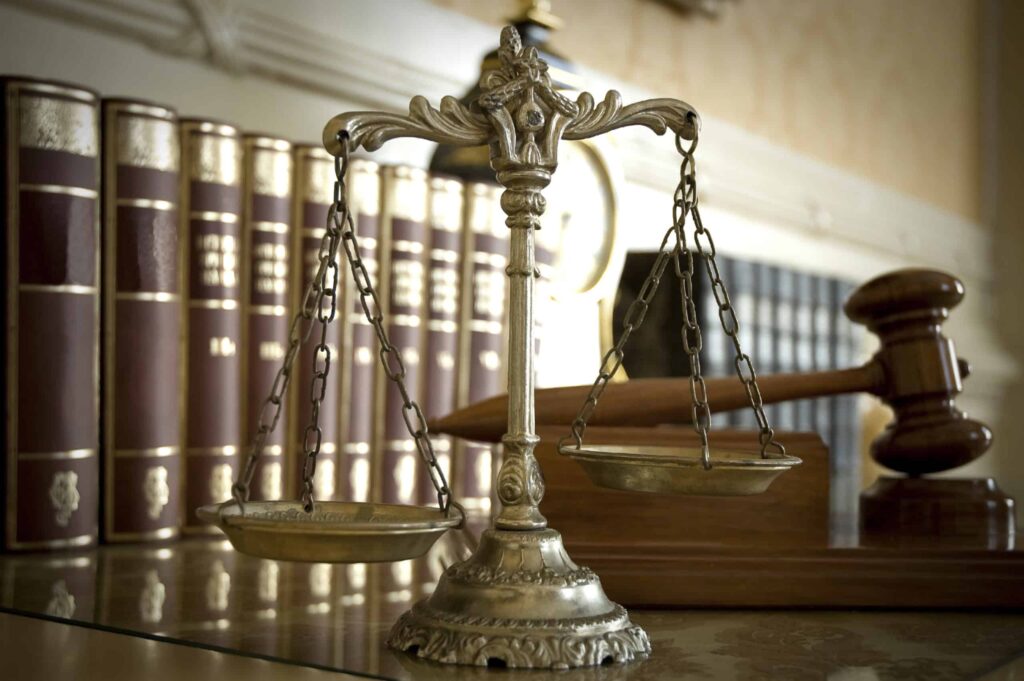The Supreme Court of the United States, often regarded as the highest judicial authority in the nation, plays a pivotal role in interpreting the Constitution and shaping the country’s legal landscape. Central to discussions surrounding the Court is the question of political balance. Are its justices politically aligned, or does the Court truly represent a diverse array of perspectives? Let’s delve into this complex issue.
The Ideological Spectrum of the Supreme Court Justices
Conservative Justices
At one end of the ideological spectrum are the conservative justices. These individuals typically interpret the Constitution in a manner consistent with originalism or textualism, emphasizing adherence to the document’s original intent or plain language. They often advocate for limited government intervention and prioritize principles such as judicial restraint.
Liberal Justices
Conversely, liberal justices occupy the other end of the spectrum. They tend to adopt a more expansive view of constitutional interpretation, emphasizing the document’s adaptability to contemporary societal needs. Liberal justices often champion progressive causes and advocate for broader interpretations of individual rights.
Nominations and Appointments Process
The political balance of the Supreme Court is heavily influenced by the nominations and appointments process. Presidents play a crucial role in shaping the Court’s composition by nominating individuals whose judicial philosophies align with their own ideological leanings.
Presidential Influence
Presidents prioritize nominating justices who share their ideological perspectives, thereby shaping the Court’s balance. However, the extent to which presidents can influence the Court’s ideology is subject to various factors, including the Senate’s confirmation process and the justices’ lifetime tenure.
Senate Confirmation
The Senate confirmation process provides an additional layer of political scrutiny. Senators often scrutinize nominees’ judicial philosophies and past rulings, leading to contentious confirmation battles. The Senate’s composition, controlled by either party, can significantly impact the confirmation process and, consequently, the Court’s balance.
Historical Analysis of Supreme Court Balance
A historical analysis reveals shifts in the Supreme Court‘s ideological composition over time. Landmark cases, such as Brown v. Board of Education and Roe v. Wade, have shaped the Court’s balance and influenced societal perceptions of its political alignment.
Shifts in Ideological Composition Over Time
The Court’s composition has fluctuated in response to changing political landscapes and societal attitudes. Presidents’ nominations and Senate confirmations have led to periods of conservative or liberal dominance on the Court, reflecting broader ideological shifts within the country.
Landmark Cases and Their Impact
Landmark cases have played a pivotal role in defining the Court’s ideological balance. Decisions on issues such as civil rights, reproductive rights, and affirmative action have sparked debates about the Court’s role in advancing or impeding social progress.
Current Composition and Its Implications
Understanding the Court’s current composition is essential for assessing its political balance and potential impact on future rulings.
Recent Appointments and Resignations
Recent appointments and resignations have reshaped the Court’s composition, raising questions about its ideological balance. Justices’ rulings on high-profile cases, such as those involving healthcare, immigration, and LGBTQ+ rights, highlight the Court’s ideological divisions.
Influence on Judicial Decision-Making
The Court’s ideological composition influences its decision-making process. Justices’ individual philosophies and interpretations of the Constitution often shape their rulings on contentious issues, leading to both conservative and liberal outcomes.
Critiques of the Idea of Political Balance
Critics of the notion of political balance argue that the Court’s decisions are inherently political, reflecting justices’ ideological leanings rather than impartial legal analysis.
Judicial Activism vs. Restraint
Debates about judicial activism versus judicial restraint underscore differing perspectives on the Court’s role. Critics argue that justices’ decisions are influenced by political considerations rather than strict adherence to legal precedent.
Role of Partisan Politics
Partisan politics also influence perceptions of the Court’s political balance. Justices’ nominations and confirmations often align with broader partisan agendas, raising concerns about the Court’s independence and impartiality.
Conclusion
The question of whether the Supreme Court is politically balanced is a complex one, with no easy answers. The Court’s composition, influenced by presidential nominations, Senate confirmations, and historical precedents, reflects broader societal and political dynamics. As the Court continues to shape legal precedent and address pressing societal issues, debates about its political balance will undoubtedly persist.
FAQs
- How does the Supreme Court’s balance impact its decisions?The Court’s ideological composition can influence its rulings on contentious issues, shaping legal precedent and impacting society at large.
- Are Supreme Court justices required to disclose their political affiliations?While justices are not explicitly required to disclose their political affiliations, their judicial philosophies and past rulings often reveal their ideological leanings.
- Can the Supreme Court’s balance change over time?Yes, shifts in presidential administrations and Senate compositions can lead to changes in the Court’s ideological balance through nominations and confirmations.
- Do Supreme Court justices always vote along ideological lines?While justices’ ideological leanings often influence their decisions, they may occasionally vote contrary to expectations based on legal principles or individual interpretations of the law.
- What role do dissenting opinions play in discussions about the Court’s balance?Dissenting opinions provide insight into justices’ differing perspectives and highlight ideological divisions within the Court, contributing to discussions about its political balance.
